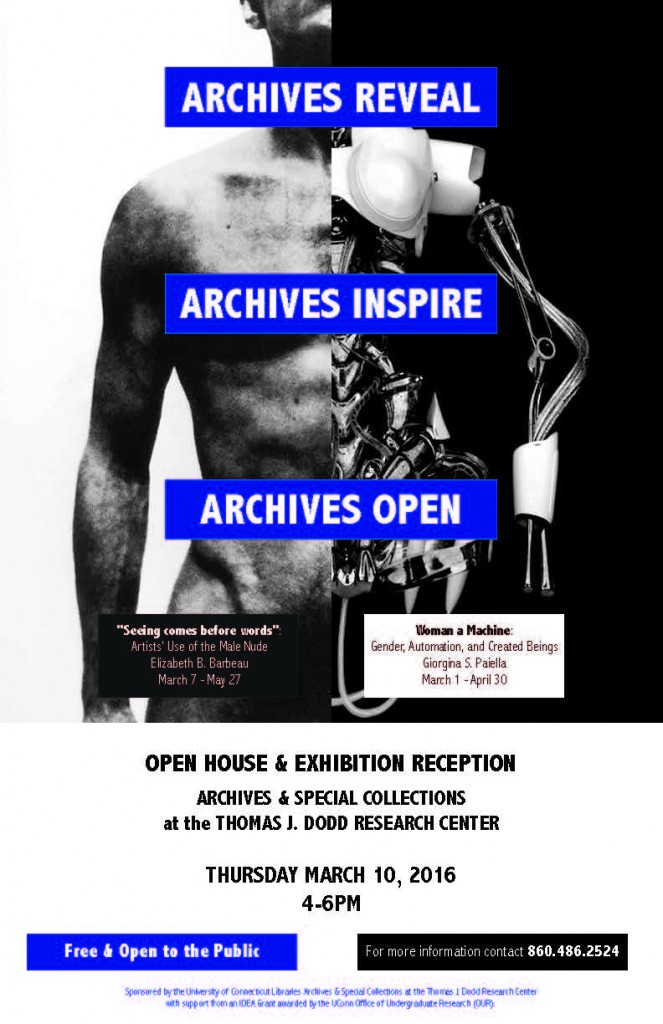 Join us for an after-hours Open-House to mark the grand opening of Spring exhibitions in Archives and Special Collections, Thursday, March 10, 4:00 – 6:00 pm in the McDonald Reading Room at the Thomas J. Dodd Research Center.
Join us for an after-hours Open-House to mark the grand opening of Spring exhibitions in Archives and Special Collections, Thursday, March 10, 4:00 – 6:00 pm in the McDonald Reading Room at the Thomas J. Dodd Research Center.
Archives Reveal, Archives Inspire, Archives Open is a special invitation to explore the new and the rarely-seen assembled and animated by guest curators. Hear talks and commentary by exhibition curators, browse collection materials first-hand, and catch up on news happening behind the scenes with archivists from UConn’s Archives and Special Collections. Sponsored by the UConn Libraries and the Office of Undergraduate Research IDEA Grants Program, the event is free and open to the public. Spring 2016 exhibitions include:
Seeing Comes Before Words: Artists’ Use of the Male Nude
Elizabeth Barbeau (curator)
Inspired by the collection of artist and teacher Roger Crossgrove, and drawing from materials across the Archives’ holdings, this exhibition explores collaboration and the creative process through the lens of the male nude. Featuring photography, artists’s books, broadsides, and posters from Archives and Special Collections, materials on display emphasize the relationships between (and among) artists and their models, and art and its audiences, and illustrate ways “the male nude” is used in different mediums for a variety of political, social, and cultural purposes.
Woman a Machine: Gender, Automation, and Created Beings
Giorgina S. Paiella (curator)
Featuring a variety of materials sourced from Archives and Special Collections, and archives external to the University of Connecticut, Woman a Machine will explore the intersection of gender and automation from the eighteenth to the twenty-first century. This exhibition will explore the intertwined history of female created beings and human female embodiment, including representations of eighteenth and nineteenth century female android automata, the twentieth-century mechanized housewife, and cyborg imagery in twentieth and twenty-first century visual culture.
#ArchivesReveal
We look forward to seeing you in the Archives!

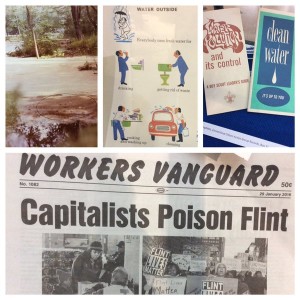
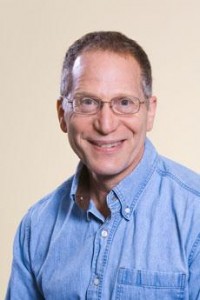
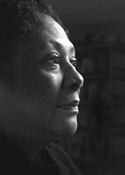
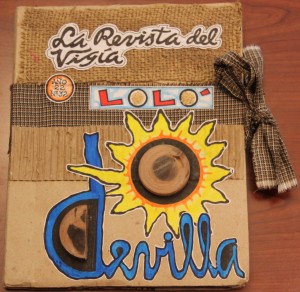
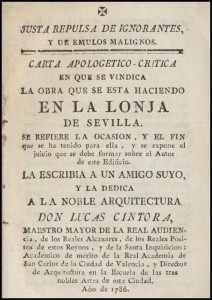
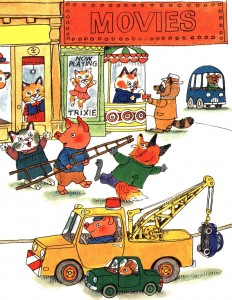
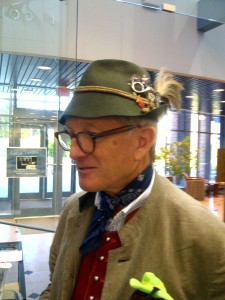
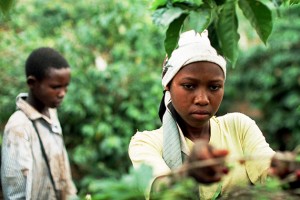
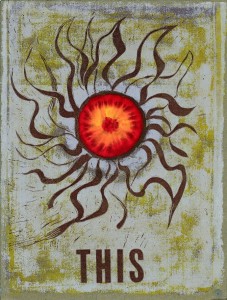
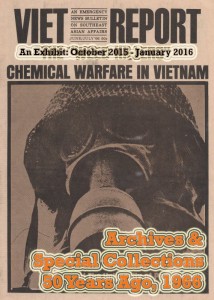
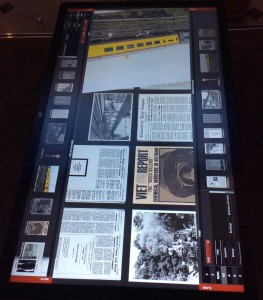
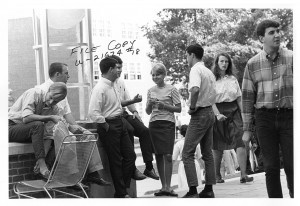
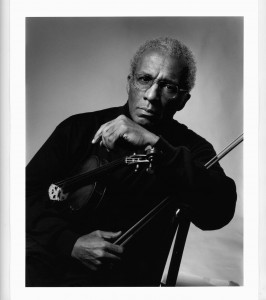
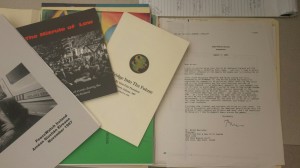
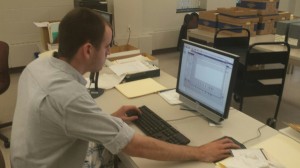 heavily involved in the quest for peace in Northern Ireland, and was instrumental in paving the way for the eventual IRA ceasefires in 1994 and 1997. During this time he also served as the director of the Federal Housing Finance Board, and as a commissioner on the Commission for Immigration Reform (1992-1997). A lawyer by profession, Morrison founded a lobbying firm after leaving public office in 2000, and continues to remain active in Irish-American advocacy. He lives today in Maryland.
heavily involved in the quest for peace in Northern Ireland, and was instrumental in paving the way for the eventual IRA ceasefires in 1994 and 1997. During this time he also served as the director of the Federal Housing Finance Board, and as a commissioner on the Commission for Immigration Reform (1992-1997). A lawyer by profession, Morrison founded a lobbying firm after leaving public office in 2000, and continues to remain active in Irish-American advocacy. He lives today in Maryland.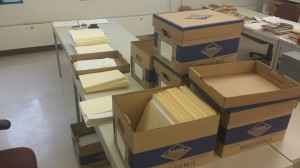 be learning a lot about archives organization and classification: what belongs, what doesn’t, and how to group certain documents together in a way that makes sense to both an archivist and potential researchers.
be learning a lot about archives organization and classification: what belongs, what doesn’t, and how to group certain documents together in a way that makes sense to both an archivist and potential researchers.